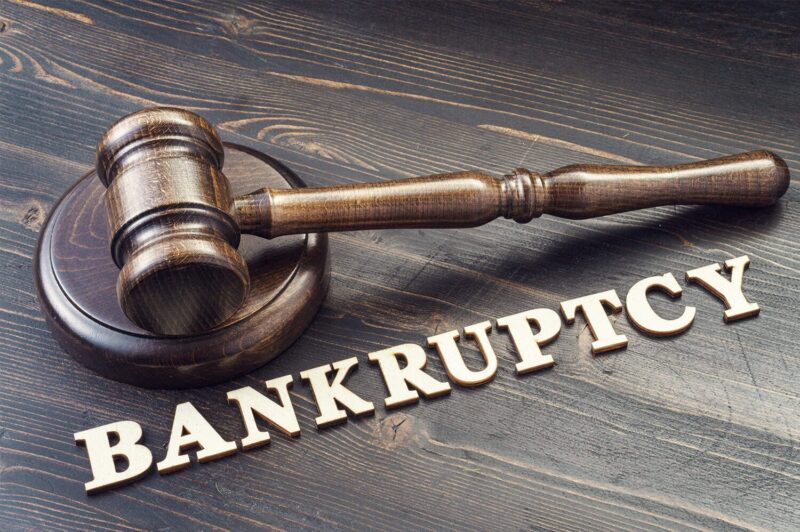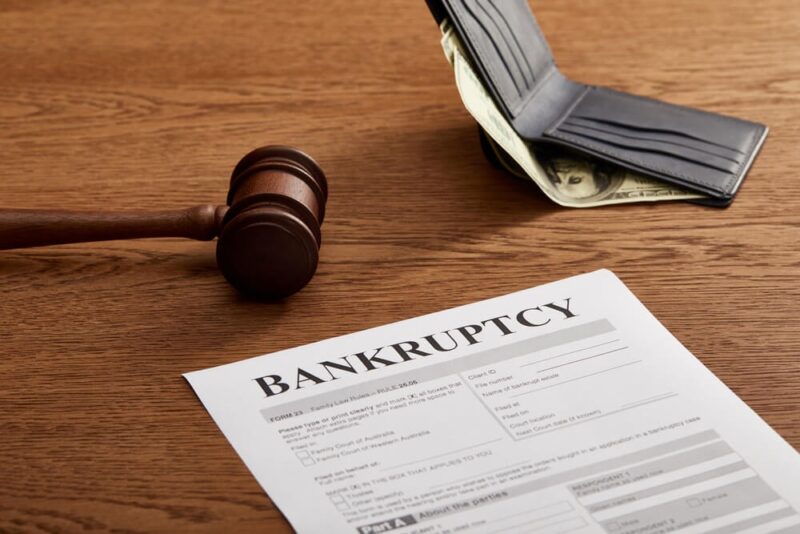Navigating financial hardship is never easy, especially for small business owners. When debts begin to pile up and cash flow is tight, bankruptcy might be the only viable option. However, deciding when to file for bankruptcy and understanding what to expect during the process is crucial to making informed decisions that protect your business and personal assets.
If you’re starting to consider this option, consulting a bankruptcy attorney near me can help clarify your legal standing and guide your next steps.
Understanding Bankruptcy for Small Business Owners

Bankruptcy is a legal process that allows individuals or businesses to reorganize or eliminate their debts under court supervision. For small business owners, there are a few different bankruptcy chapters to consider, depending on the business structure, the amount of debt, and long-term goals.
Common Bankruptcy Options
Chapter 7 Bankruptcy:
Also known as “liquidation bankruptcy,” Chapter 7 involves selling the business’s non-exempt assets to repay creditors. This option is typically best for businesses that don’t plan to continue operating. Sole proprietors may also discharge personal debts through this chapter.
Chapter 11 Bankruptcy:
This chapter is primarily for businesses looking to reorganize and continue operations while restructuring debt. Although it can be complex and costly, Chapter 11 allows businesses to stay afloat while paying off debts over time.
Chapter 13 Bankruptcy:
Available to sole proprietors, Chapter 13 allows business owners to reorganize personal and business-related debts and repay them through a court-approved plan, usually over three to five years.
When Should a Small Business Owner Consider Bankruptcy?

Filing for bankruptcy should never be a hasty decision. Here are several signs that it might be time to consider this legal route:
1. Mounting Debt With No Relief in Sight
If you’re consistently borrowing to stay afloat and can’t meet basic financial obligations like rent, payroll, or supplier payments, it may be a red flag that you’re insolvent.
2. Lawsuits or Threats From Creditors
Once creditors start initiating lawsuits, garnishing wages, or threatening repossession, it’s important to seek legal advice quickly to understand your protections and options.
3. Personal Assets Are at Risk
For sole proprietors, personal and business assets are often tied together. If your personal home, savings, or retirement funds are on the line, bankruptcy could shield you from further loss.
4. No Viable Recovery Plan
If projections for revenue show continued losses and there’s no feasible strategy for turning things around, bankruptcy might provide the clean slate you need.
What to Expect During the Bankruptcy Process

Filing for bankruptcy involves a detailed legal process that can vary depending on which chapter you choose. However, the general steps include:
Step 1: Evaluation and Documentation
You’ll need to gather comprehensive financial documentation, including income statements, debt schedules, asset lists, and business expenses. An attorney will use this information to determine the best chapter for your situation.
Step 2: Filing the Petition
Once the bankruptcy petition is filed with the court, an automatic stay goes into effect. This halts all collection activities, lawsuits, and foreclosures, giving you breathing room.
Step 3: Trustee Appointment and Meeting of Creditors
A bankruptcy trustee is assigned to your case. You’ll attend a “341 meeting” where creditors can ask questions about your finances and proposed repayment plan, if applicable.
Step 4: Plan Approval or Liquidation
In Chapter 13 or Chapter 11, your proposed repayment plan will be reviewed and either approved or denied by the court. In Chapter 7, the trustee will manage the liquidation of your business assets.
Step 5: Discharge of Debts
If all goes well, qualifying debts will be discharged at the end of the process. This means you are no longer legally obligated to repay them, allowing you to rebuild financially.
Protecting Personal Assets During Bankruptcy

Not all personal assets are vulnerable during bankruptcy. Each state has exemptions that may allow you to keep items like your primary residence, vehicle, tools of the trade, and retirement accounts. This is another reason to work with a qualified attorney who understands local laws and can maximize your exemptions.
Post-Bankruptcy Recovery for Business Owners
Bankruptcy doesn’t mean the end of your entrepreneurial journey. In fact, many successful entrepreneurs have rebounded after filing. Here are some steps to take after bankruptcy:
Rebuild Credit
Start by paying bills on time, opening a secured credit card, and gradually increasing your credit score. Monitoring your credit regularly is crucial.
Create a Stronger Business Plan
Analyze what went wrong in your previous business. Was it lack of capital? Poor market conditions? Use those lessons to develop a more robust, flexible business plan going forward.
Establish Separate Business and Personal Finances
Opening separate bank accounts and securing credit under the business name can help protect personal assets and create a stronger financial foundation.
The Importance of Legal Guidance
Bankruptcy law is complex and varies depending on your location and unique circumstances. Working with a knowledgeable attorney can help ensure you’re making the best choice for your business and future. If you’re considering filing, it’s wise to connect with a bankruptcy attorney near me to get tailored advice and explore all available options.
Final Thoughts
Bankruptcy is a powerful legal tool that can offer small business owners the chance to restructure or start fresh. While the process can be daunting, the outcome often provides relief, clarity, and a path toward a more stable financial future. Understanding the signs that it’s time to file, knowing your options, and preparing for what comes next will help you approach the process with confidence and peace of mind.


